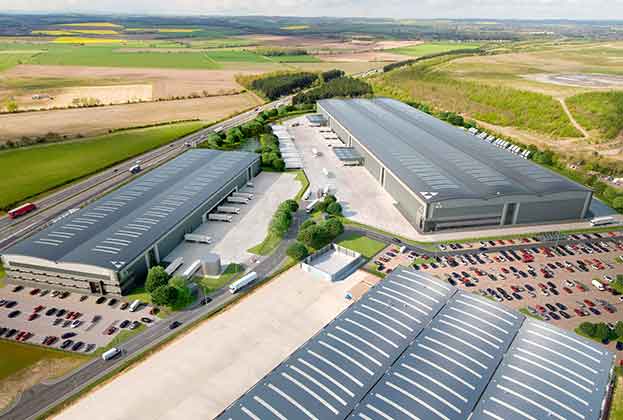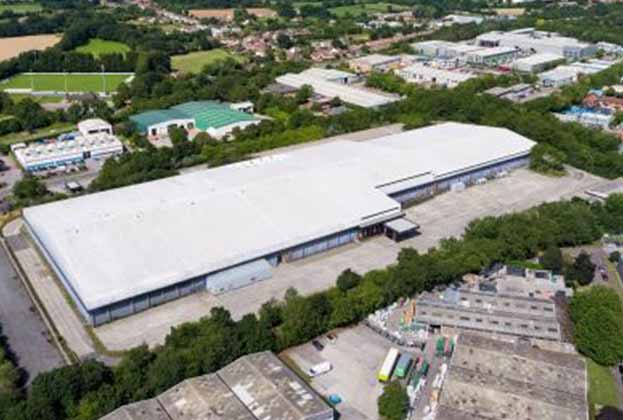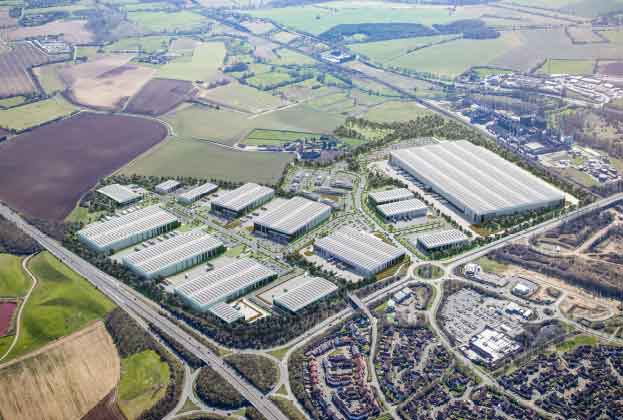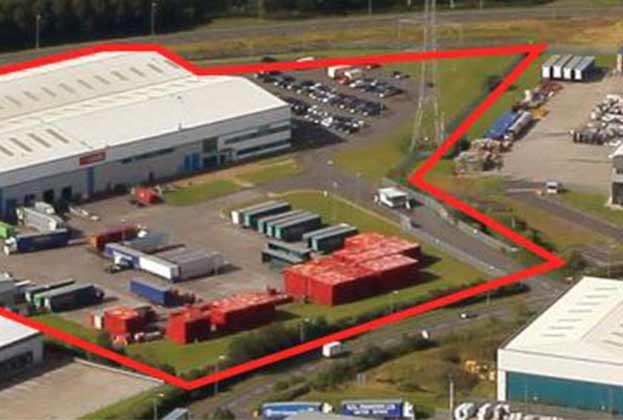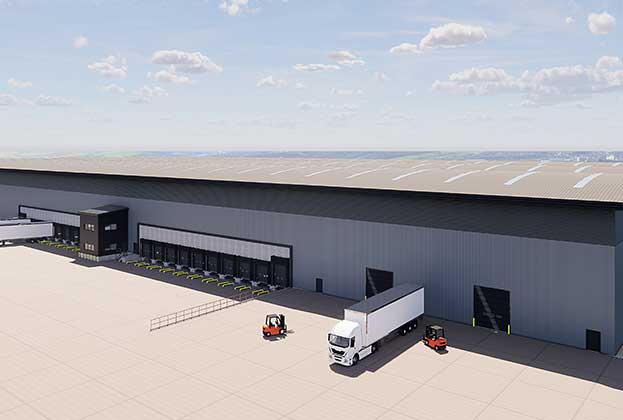Investment volumes set new H1 record
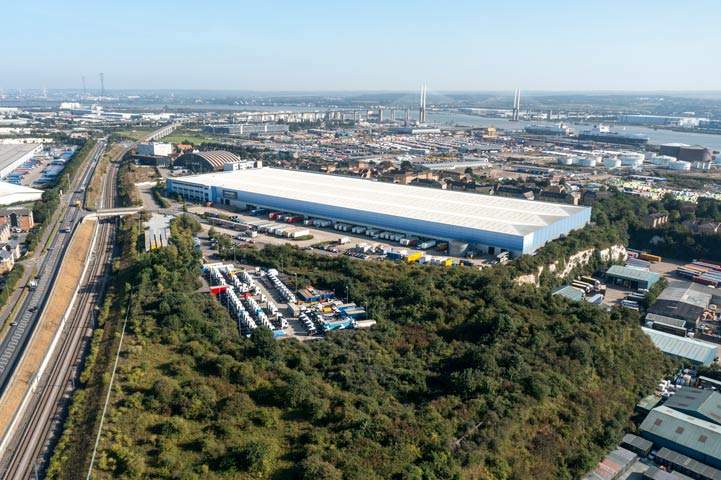
Carpetright, Purfleet, where Abrdn, advised by Savills, has sold a 492,000 sq ft unit to Valor for £143m
Record-breaking first half of 2022 belies market sentiment at the end of this period, with a number of investors taking stock of the impact interest rate rises will have on pricing and the market characterised by outward yield movement
Tom Scott, Director, UK Investment
The first half of 2022 has seen total logistics investment volume reach £4.8bn. This is the highest first half investment volume ever recorded, £1bn ahead of the 2021 record and 340% above the long-term average. Key deals in the first half of the year include Goldman Sachs’ disposal of the Hercules portfolio to Axa REIM for £391m and Arrow Capital purchasing the Amazon fulfilment centre in Wakefield for £233m, which is the largest single let transaction of the year so far.
The volume transacted belies current sentiment though, and as the year has progressed this has changed markedly as investors digest how rising debt costs impact buying decisions. Indeed, 66% of the capital deployed in the sector this year was in the first quarter of the year. With interest rates having since risen from historic lows to 1.25% in just six months, investors are now assuming further rate rises will come in the second half of the year. For leveraged buyers, the rising cost of capital is having a material impact on the price investors are able to pay for assets. As a result, Savills has this month moved our prime yield for both logistics and multi-let out to 3.5% with further outward pressure expected.
As our research demonstrates, the occupational market continues to perform at exceptional levels with supply and demand remaining mismatched which, in turn, is driving rental growth. With MSCI reporting 5% rental growth already for this year at a nationwide level. Indeed, when compared with other sectors of commercial real estate the occupier market drivers really are compelling.
However, it is clear that the definition of prime has narrowed dramatically as investors are now seeking assets where rental growth can be captured through asset management or lease events and generally unable to sit on low yields for an extended period of time.
Moving forward we expect a slower third quarter as the market regroups over the summer and new pricing levels emerge. During this period of reflection, we anticipate that the buyer pool for assets will thin out which, combined with new pricing levels, could see the UK institutions return to the market having accounted for just 18% of acquisitions over the last three years, down from a high of 42% of the market in the middle of the last decade.
Read the articles within Big Shed Briefing below.
.jpg)
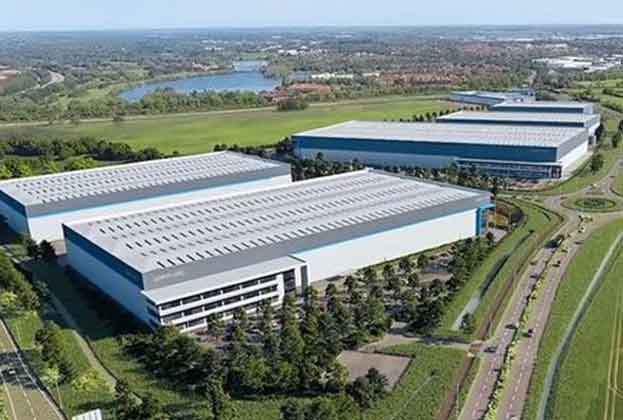
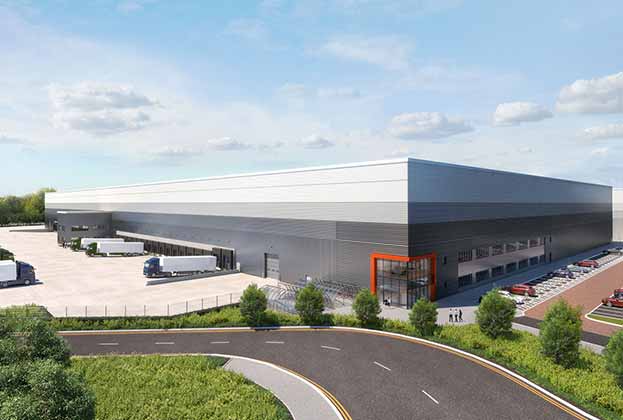
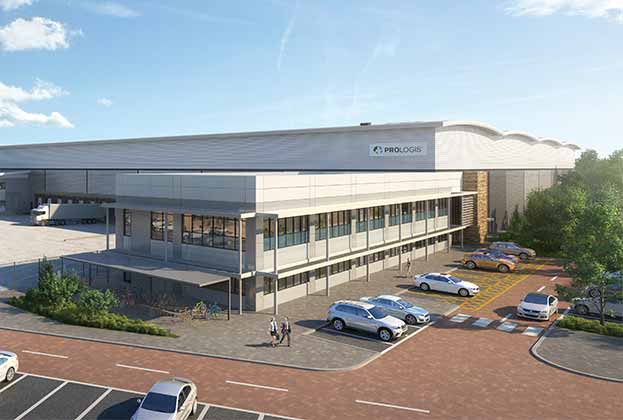
.jpg)
